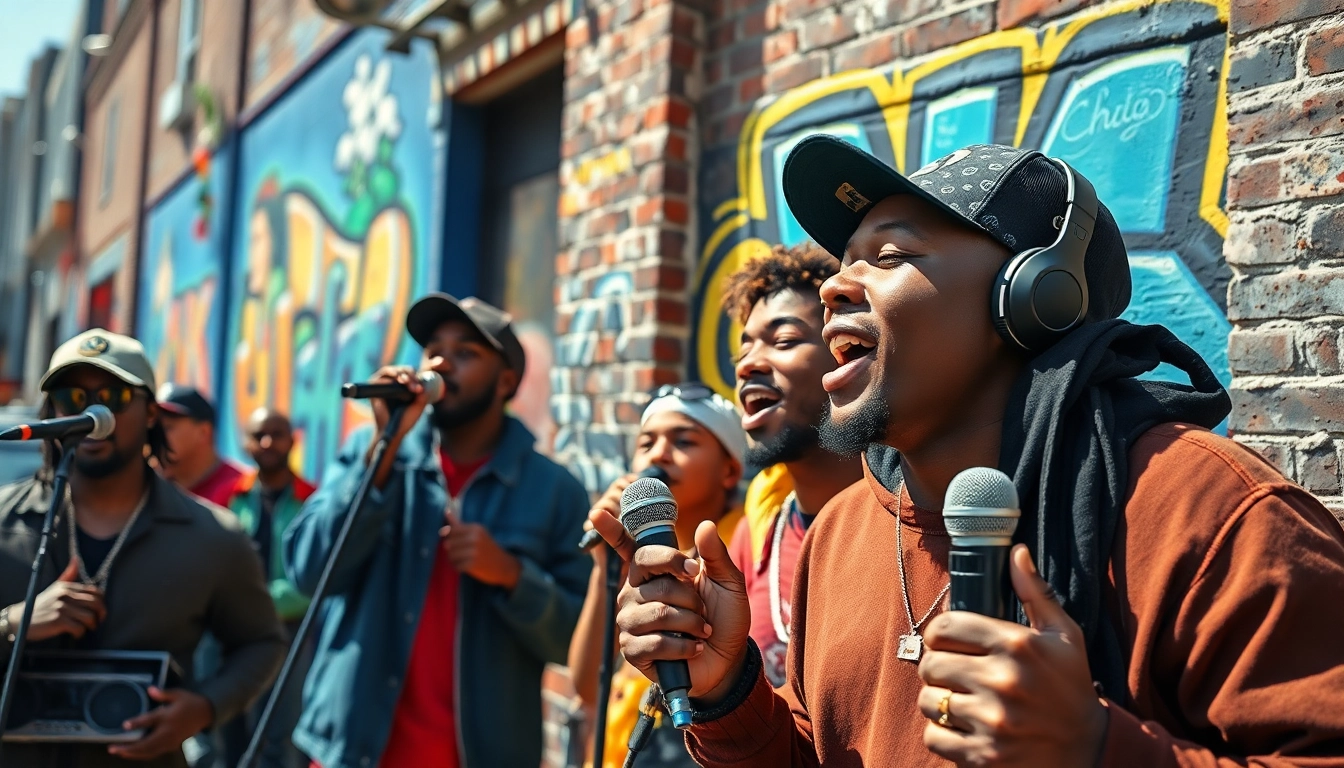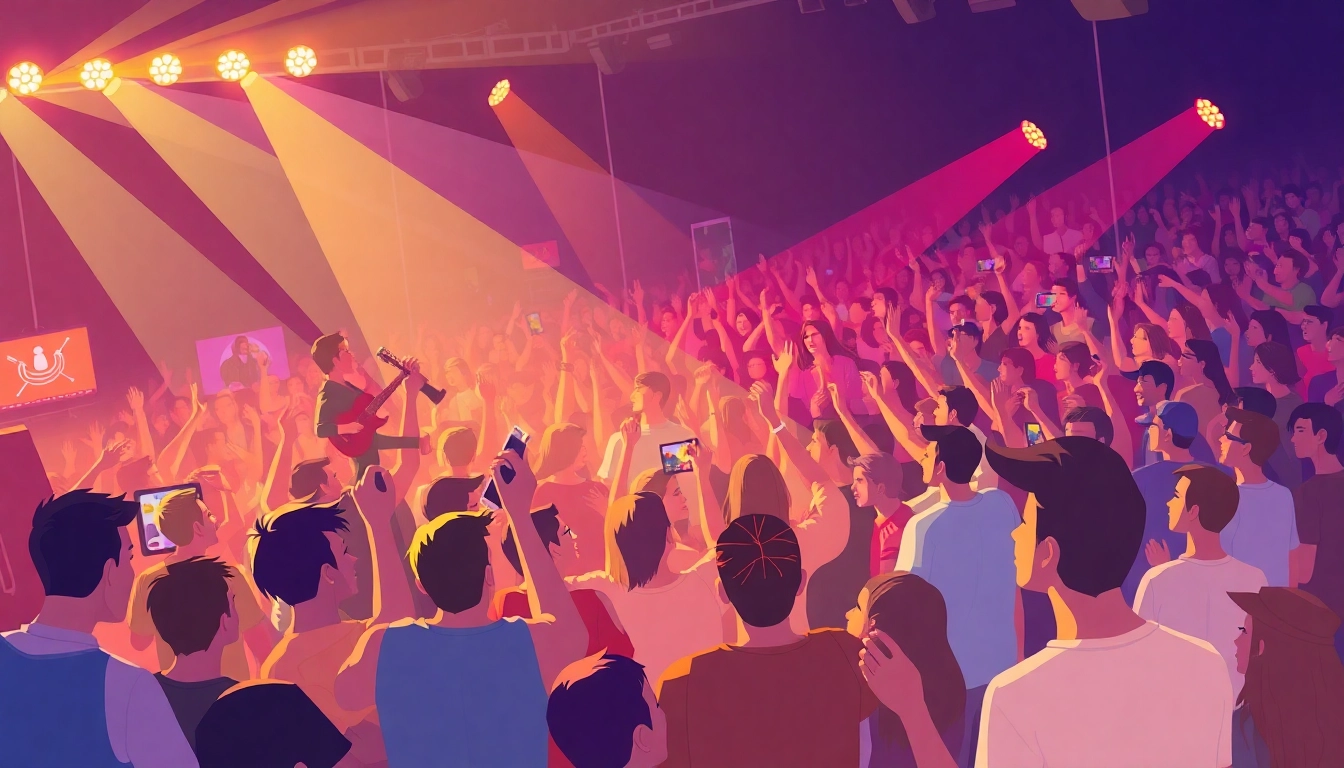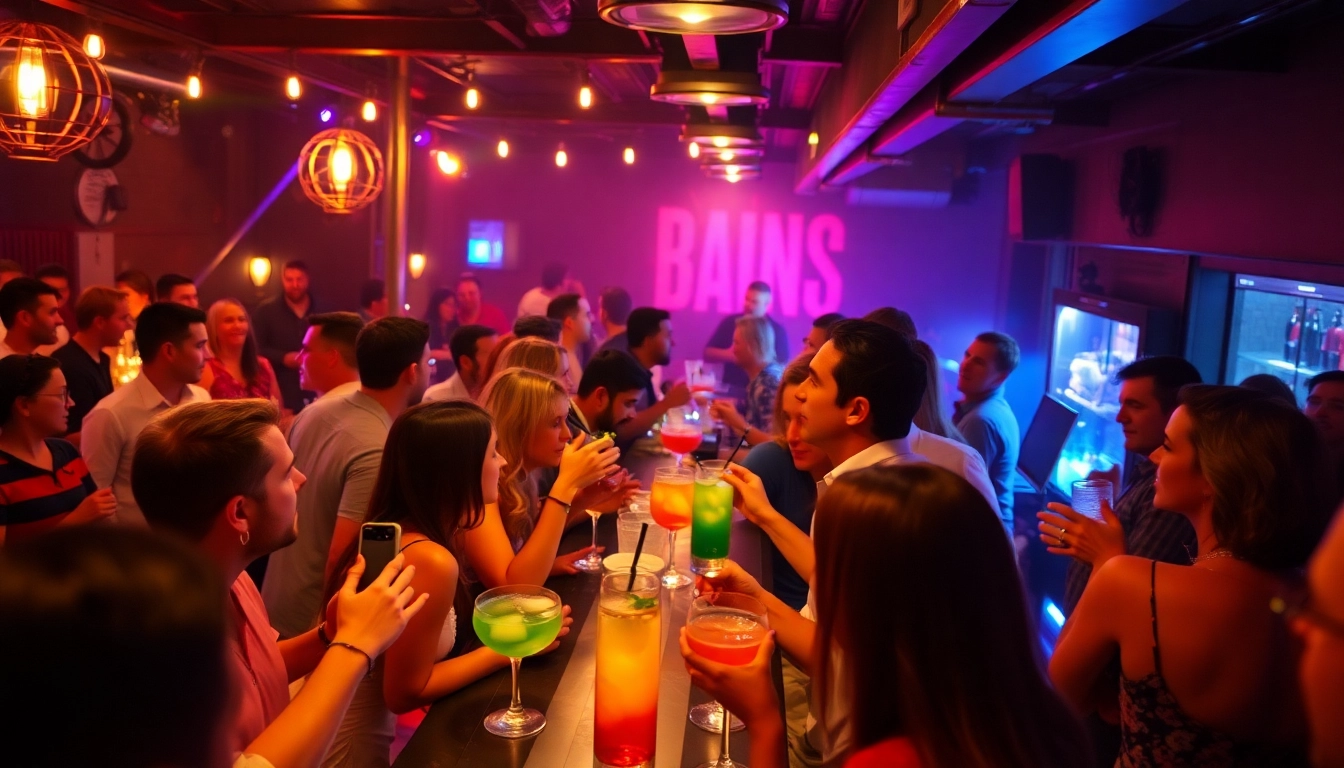The Origins of Rap Culture in Chicago
Chicago has a rich musical heritage that has laid the groundwork for its dynamic rap culture. Originally influenced by various genres such as jazz, blues, R&B, and house music, the city is now recognized as a major hub for rap music. The emergence of rap culture in Chicago can be traced back to the early days of hip-hop in the 1980s, where local artists began developing their distinct sound that combined elements of street narratives with social commentary.
Historical Roots and Influences
The origins of rap in Chicago can be traced back to the late 1970s and 1980s, when hip-hop began gaining traction across the United States. Influenced by artists from New York and Los Angeles, Chicago artists started incorporating their own experiences, stories, and struggles into their lyrics. Notable early pioneers include artists like Common, who began rapping in the late 1980s, and Twista, known for his rapid-fire delivery. These artists helped to establish a unique Chicago sound that set itself apart from other cities.
Key Artists and Their Impact
In the 1990s and early 2000s, Chicago’s rap scene flourished with the contributions of key artists who offered a diverse range of styles and themes. Common gained recognition for his insightful lyrics, while Twista brought a gritty, fast-paced style that captivated audiences. Another critical figure is Lupe Fiasco, whose thought-provoking lyrics and innovative sound contributed to Chicago’s reputation as a powerhouse in hip-hop.
The Evolution of Styles Over the Decades
As the years went by, the Chicago rap scene evolved significantly, with various subgenres emerging. While the early styles were more focused on lyrical prowess and storytelling, the late 2000s saw the rise of drill music, a subgenre characterized by its aggressive beats and themes of violence, police encounters, and street life—reflective of many artists’ real-life experiences in Chicago’s neighborhoods.
Key Movements within Chicago’s Rap Scene
From Old School to New School: A Transition
The transition from old school to new school in Chicago rap has been marked by a shift towards more modern, digital influences. Early artists laid the foundations for lyrical depth and storytelling, while newer artists embrace a fusion of different sounds and styles. This evolution has made Chicago one of the most prolific cities in terms of musical diversity.
Prominent Subgenres: Drill, Ghetto House, and More
Aside from drill, Chicago is home to several other prominent subgenres like ghetto house, a style that emerged in the late 1980s characterized by its upbeat tempo and explicit lyrics. Drill has become synonymous with the contemporary Chicago sound, with artists such as Chief Keef and Lil Durk leading the charge. Each of these genres brings its own unique perspective and flavor to the city’s rap scene, making it one of the most vibrant in the country.
The Role of Local Labels and Collectives
Local labels and collectives have played a crucial role in nurturing the Chicago rap scene. Organizations like G.O.O.D. Music, founded by Kanye West, have helped elevate the careers of many local artists. Additionally, collectives like Savemoney and Zero Fatigue have created collaborative environments that encourage artistic growth and experimentation, contributing to the city’s dynamic soundscape.
Socioeconomic Influences on Rap Culture
The Impact of Community and Environment
The experiences of Chicago’s residents are deeply woven into the fabric of its rap culture. Economic disparities, violence, and systemic issues often find their way into the music, illustrating the harsh realities faced by many artists. The environment in which these artists create impacts their message, pushing them to share personal stories and the struggles of their communities.
Voices of Struggle: Lyrics that Reflect Reality
Chicago rap lyrics often serve as a reflection of the realities faced by its artists. From narratives surrounding systemic oppression to personal struggles with gang violence, the music provides a platform for marginalized voices. The honesty and vulnerability found within these lyrics resonate with listeners both locally and globally, fostering a deeper understanding of the conditions in which these artists exist.
Collaboration with Other Art Forms: Dance and Visual Arts
Chicago rap culture does not exist in a vacuum; it intersects with other art forms such as dance and visual arts. The city is known for its vibrant street art and diverse dance styles, such as footwork, which is closely linked to its hip-hop scene. Collaborations across these disciplines enhance the overall cultural experience, allowing artists to express themselves in multifaceted ways that engage wider audiences.
Modern-Day Chicago Rap and Its Global Influence
New Genres and Fusions: What’s Emerging?
Today, the Chicago rap scene continues to innovate, with new genres and fusions emerging. Artists such as Saba and Noname are pushing boundaries with their genre-blending approaches, incorporating elements of jazz, soul, and indie rock into their music. This shift not only showcases Chicago’s artistic diversity but also invites new listeners into the fold, expanding the reach of the city’s rap culture.
The Role of Social Media and Streaming Platforms
Social media and streaming platforms have transformed the way artists share their music and connect with fans. Platforms like SoundCloud and Spotify have democratized music distribution, allowing independent Chicago artists to gain exposure without the need for traditional record label backing. This accessibility has led to the rise of viral hits and collaborations across regions, further amplifying Chicago’s influence in the global rap landscape.
International Recognition and Collaborations
The strides made by Chicago artists have not gone unnoticed on the international stage. Collaborations with foreign artists and producers have become more common, contributing to a fusion of styles that enhances the global appeal of Chicago rap. Noteworthy collaborations, such as those involving artists like Chance The Rapper and Kanye West, demonstrate the city’s significance in hip-hop while also showcasing its ability to merge with other cultural influences.
Challenges Facing Rap Artists in Chicago
The Struggle Against Stigmas and Stereotypes
Despite its rich culture, Chicago rap artists often face stigmas and stereotypes that can overshadow their accomplishments. Media portrayals that focus solely on violence and crime can impede artists’ careers and skew public perception. Overcoming these barriers requires consistent engagement, storytelling, and community building to highlight the positive aspects of the thriving cultural scene.
Addressing Violence and Misunderstanding in the Community
Violence in Chicago is a significant issue that many artists address in their work. While some of these themes might reflect the harsh realities that artists face, addressing violence constructively is crucial for the community’s wellbeing. Initiatives that promote understanding and dialogue through music, art, and education can help shift perspectives and foster healing.
The Future of Rap Culture: Opportunities Ahead
The future of rap culture in Chicago appears promising, with opportunities for growth and transformation. Emerging artists are increasingly finding platforms to showcase their talents, and collaborations across genres continue to pave the way for innovation. With ongoing support from local communities and a focus on representation, the evolution of Chicago rap culture will likely continues to impact the broader hip-hop landscape for years to come.



